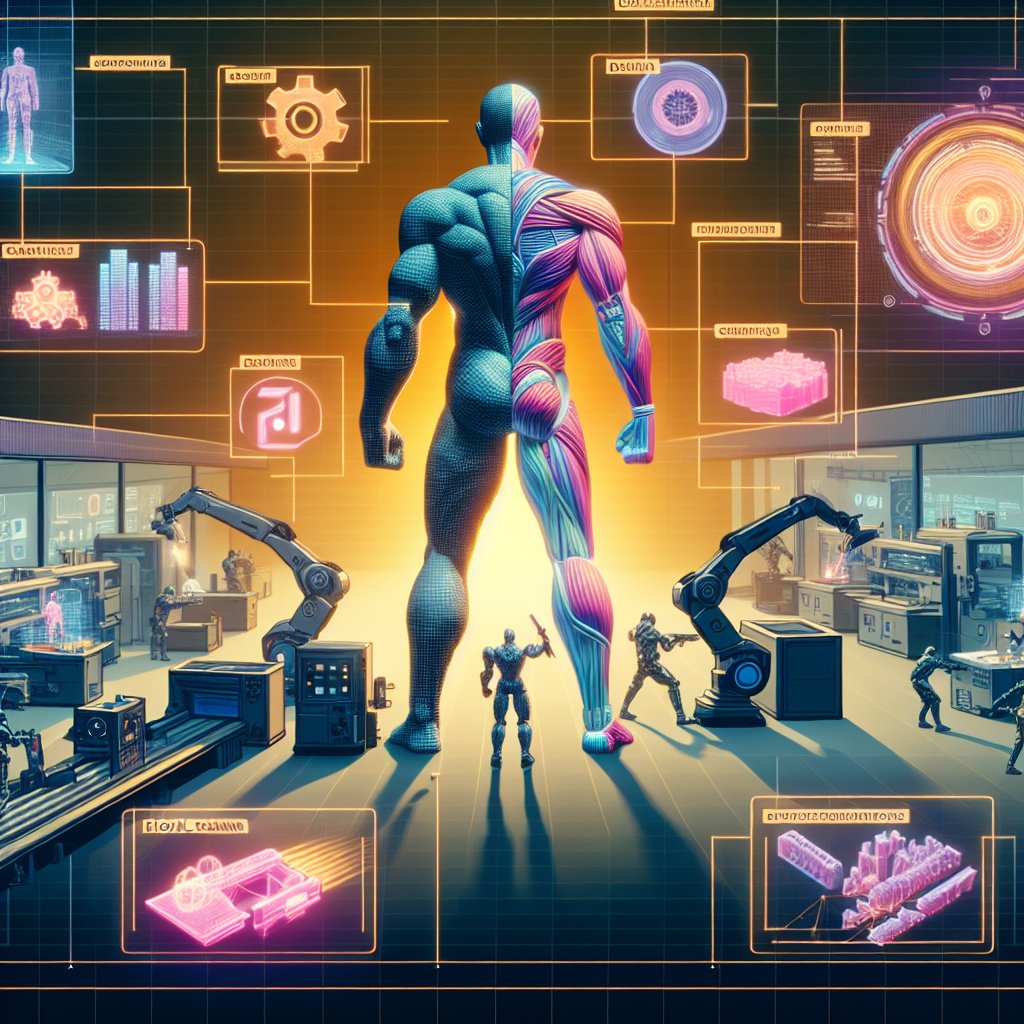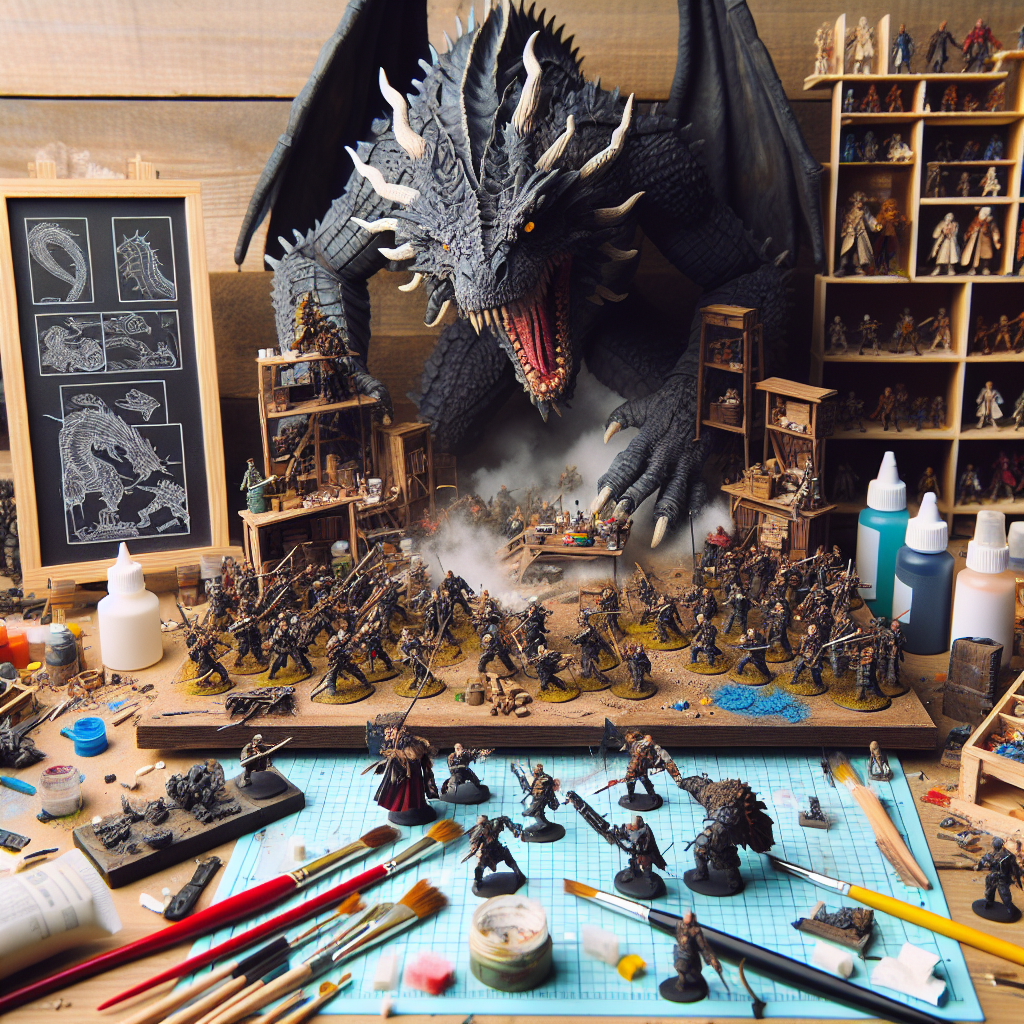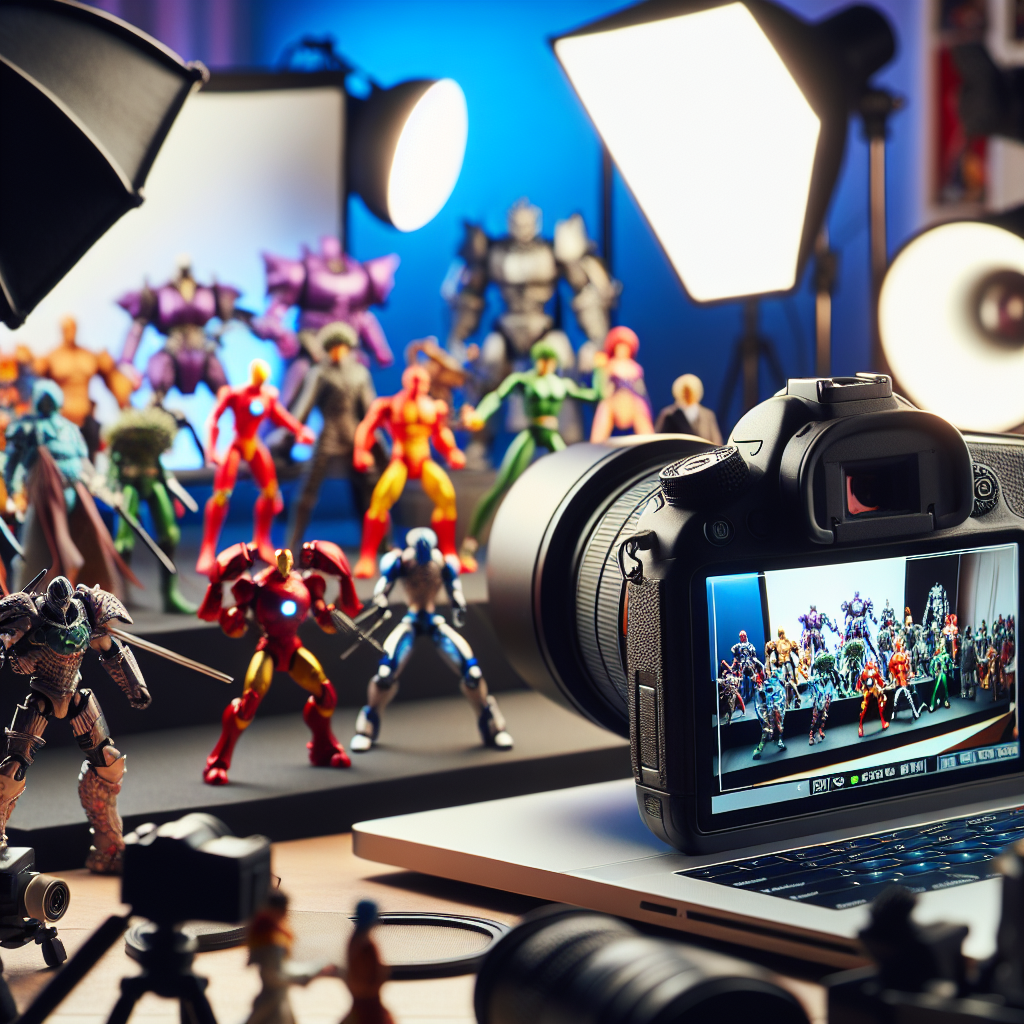The Impact of Digital Scanning and 3D Printing on Modern Action Figure Production
In the realm of action figures, the evolution of production methods has been significantly influenced by advancements in technology. Specifically, 3D printing and digital scanning have reshaped how manufacturers design and produce these iconic toys. From intricate details to rapid prototyping, the integration of these technologies has not only revolutionized manufacturing but also transformed the overall experience for collectors and enthusiasts. In this blog post, we will delve into how 3D printing and digital scanning are impacting modern action figure production, enhancing quality and creativity while streamlining processes.
The Role of Digital Scanning in Action Figure Production
Digital scanning is a process that involves capturing the physical attributes of an object using specialized scanning devices. In the context of action figures, this technology allows manufacturers to create highly detailed and accurate representations of characters from movies, video games, and comic books. Below are some of the most significant benefits of utilizing digital scanning in action figure production:
- Enhanced Accuracy: Digital scanning provides manufacturers with exact measurements and intricate details of the original designs, ensuring that the final product closely resembles the source material.
- Rapid Prototyping: Once the digital scan is complete, designers can easily modify the 3D model, allowing for quick iterations and adjustments based on feedback.
- Preservation of Original Artwork: Elements of the characters, including facial expressions, body proportions, and costumes can be preserved in digital form, ensuring authentic representations in the final figures.
3D Printing: A Game Changer in Action Figure Production Methods
3D printing, or additive manufacturing, complements the digital scanning process by allowing designers to turn their digital models into tangible objects. This technology has transformed traditional methods of production in several ways:
- Cost Efficiency: Small runs of custom action figures can now be produced at a fraction of the cost compared to conventional manufacturing methods that often require expensive molds and tooling.
- Flexibility in Design: 3D printing allows for designs that previously would have been impossible or overly complicated using traditional methods. Artists can experiment with different materials, colors, and structures, enhancing creativity in the design phase.
- Customization: Collectors are increasingly seeking unique, personalized figures. 3D printing enables manufacturers to offer customization options, such as modifying original designs or creating entirely new characters based on specific customer requests.
Combining Technology for Superior Action Figures
The integration of digital scanning with 3D printing presents a compelling case for modern action figure production methods. When combined, these technologies facilitate a streamlined workflow that improves both efficiency and output quality.
For example, manufacturers can create a detailed digital model of a beloved character through scanning, then quickly transition to 3D printing for low-volume production. This capability is particularly beneficial for limited editions, exclusives, or seasonal releases. The adaptability of these methods allows producers to respond to market demands and adjust production quickly.
Challenges and Considerations
While 3D printing and digital scanning offer vast improvements in action figure productivity and design, there are also challenges that manufacturers must address:
- Material Limitations: Although advancements are being made, 3D printing materials have not yet fully matched the durability and finish of traditional plastic materials used in conventional toy production.
- Speed of Production: 3D printing can be slower than traditional methods for mass production. While it excels in prototyping and customization, scaling up production can still be a bottleneck.
- Protecting Intellectual Property: With the ease of creating digital replicas, there are concerns regarding copyright infringement and protecting the rights of the original creators.
The Future of Action Figure Production
The future of action figure production looks bright as 3D printing and digital scanning continue to evolve. Manufacturers are likely to adopt hybrid production models that utilize both traditional methods and cutting-edge technologies, striking a balance between quality and efficiency. As innovations in materials and printing techniques develop, we expect to see highly detailed, durable, and customizable figures capturing the imagination of collectors and fans worldwide.
Conclusion
In conclusion, the impact of digital scanning and 3D printing on modern action figure production is undeniable. These technologies have not only shifted production methods but also enriched the creativity and personalization available to both manufacturers and consumers. As the industry continues to adapt to these advancements, the possibilities for action figures will only grow, promising exciting developments for collectors and fans alike.




